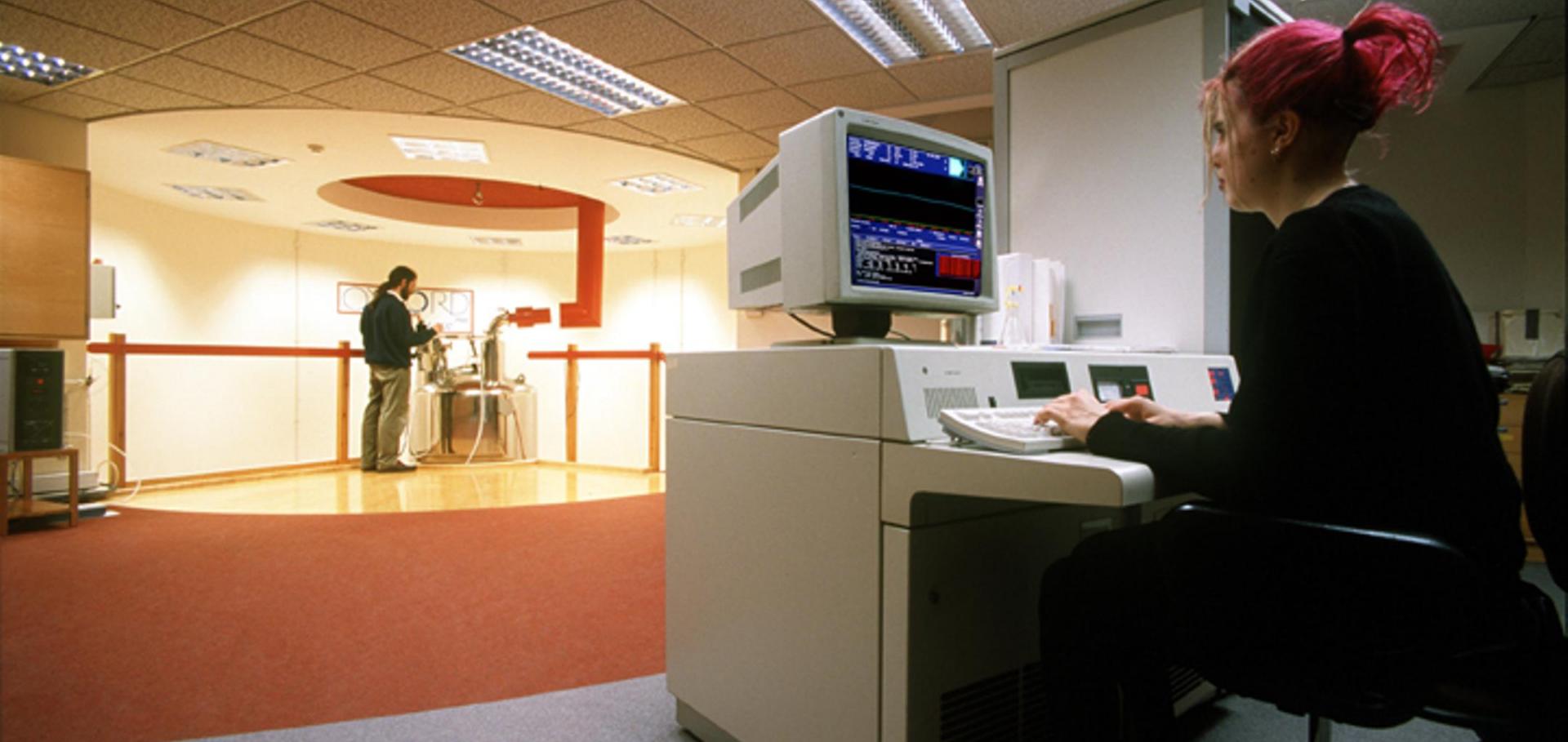Response of native and denatured hen lysozyme to high pressure studied by (15)N/(1)H NMR spectroscopy.
Eur J Biochem 268:6 (2001) 1782-1793
Authors:
YO Kamatari, H Yamada, K Akasaka, JA Jones, CM Dobson, LJ Smith
Abstract:
High-pressure (15)N/(1)H NMR techniques were used to characterize the conformational fluctuations of hen lysozyme, in its native state and when denatured in 8 M urea, over the pressure range 30--2000 bar. Most (1)H and (15)N signals of native lysozyme show reversible shifts to low field with increasing pressure, the average pressure shifts being 0.069 +/- 0.101 p.p.m. ((1)H) and 0.51 +/- 0.36 p.p.m. ((15)N). The shifts indicate that the hydrogen bonds formed to carbonyl groups or water molecules by the backbone amides are, on average, shortened by approximately 0.02 A as a result of pressure. In native lysozyme, six residues in the beta domain or at the alpha/beta domain interface have anomalously large nonlinear (15)N and (1)H chemical-shift changes. All these residues lie close to water-containing cavities, suggesting that there are conformational changes involving these cavities, or the water molecules within them, at high pressure. The pressure-induced (1)H and (15)N shifts for lysozyme denatured in 8 M urea are much more uniform than those for native lysozyme, with average backbone amide shifts of 0.081 +/- 0.029 p.p.m. ((1)H) and 0.57 +/- 0.14 p.p.m. ((15)N). The results show that overall there are no significant variations in the local conformational properties of denatured lysozyme with pressure, although larger shifts in the vicinity of a persistent hydrophobic cluster indicate that interactions in this part of the sequence may rearrange. NMR diffusion measurements demonstrate that the effective hydrodynamic radius of denatured lysozyme, and hence the global properties of the denatured ensemble, do not change detectably at high pressure.


